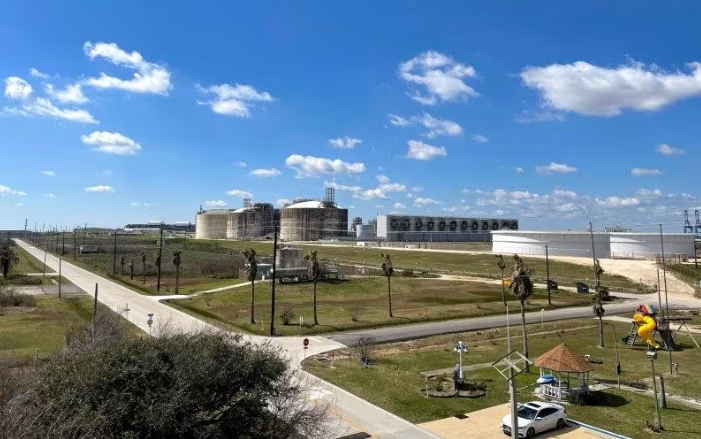
The U.S. was the world's largest exporter of LNG in the first half of this year, according to the Energy Information Agency (EIA), ahead of Qatar and Australia. New export plants expected to begin production next year will cement its status as top exporter, analysts have said.
November's volumes were just shy of April's record 8.01 million tons and above the 7.92 million tons shipped in October, according to trade flows and tanker tracking data published by financial firm LSEG.
U.S. LNG producers continued to focus exports on Europe as winter begins in the northern hemisphere, with greater shipments delivered to customers in that region. In November, about 68% of all U.S. LNG was exported to Europe, an increase from October's 65%, the data showed.
Lower than normal temperatures in Europe are unlikely to drive higher prices as storage levels remain elevated, according to analysts at consultants Rystad Energy. European gas storage was about 97% full at month's end, it reported.
"This will drive up heating demand, but is unlikely to reverse the current bearish demand outlook, given soft industrial activity and healthy renewable energy output in the region", Rystad said in a note to clients.
U.S. gas futures this week averaged $2.78 per million British thermal units (mmBtu) at the U.S. Henry Hub, $13.54 per mmBtu at the Dutch Title Transfer Facility hub and $16.33 per mmBtu at the Japan Korea Marker in Asia .
Fewer U.S. cargoes headed to Asia last month. Exports to that region fell to 18.5% of the total from 20% in October, while shipments to Latin America remained almost unchanged at about 5% of total, LSEG data showed.
Natural gas flows to the seven big U.S. LNG export plants rose to a record 14.3 billion cubic feet per day (bcfd) in November, up from 13.7 bcfd in October and the prior all-time high of 14.0 bcfd in April, according to LSEG data.
Gas flows to U.S. liquefaction plants remain at record-high levels with a 30-day average utilization rate running close to 106% of nameplate capacity, said Rystad Energy.